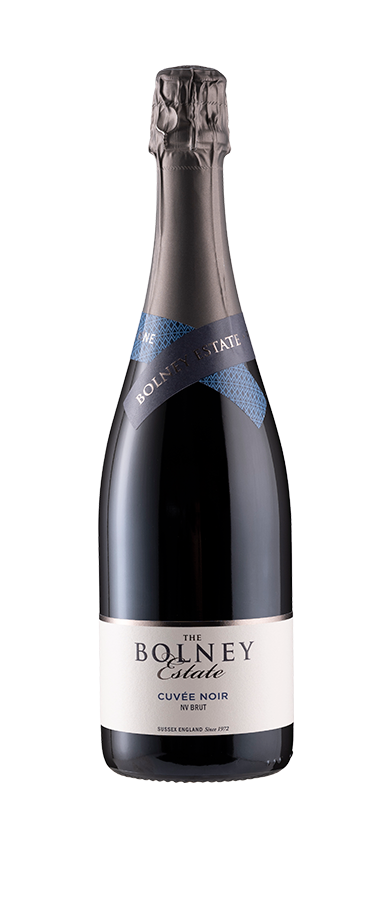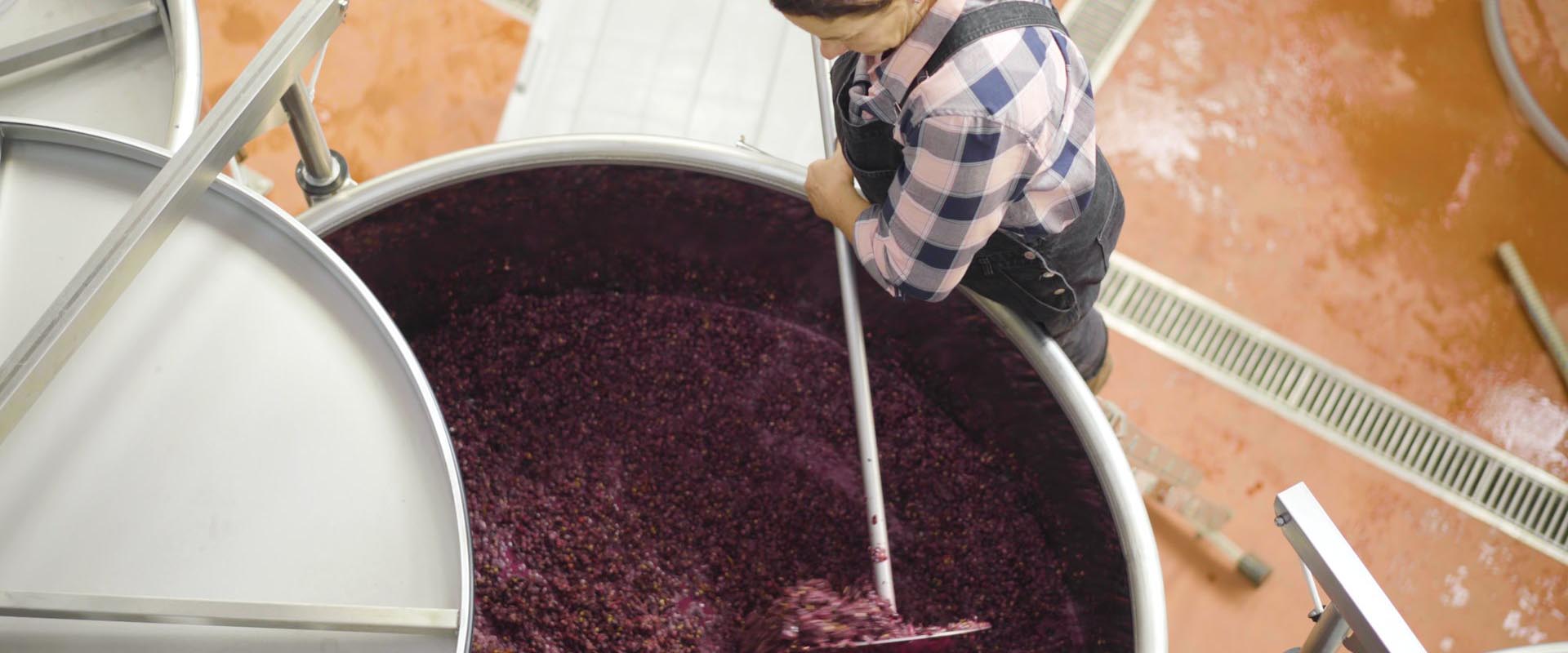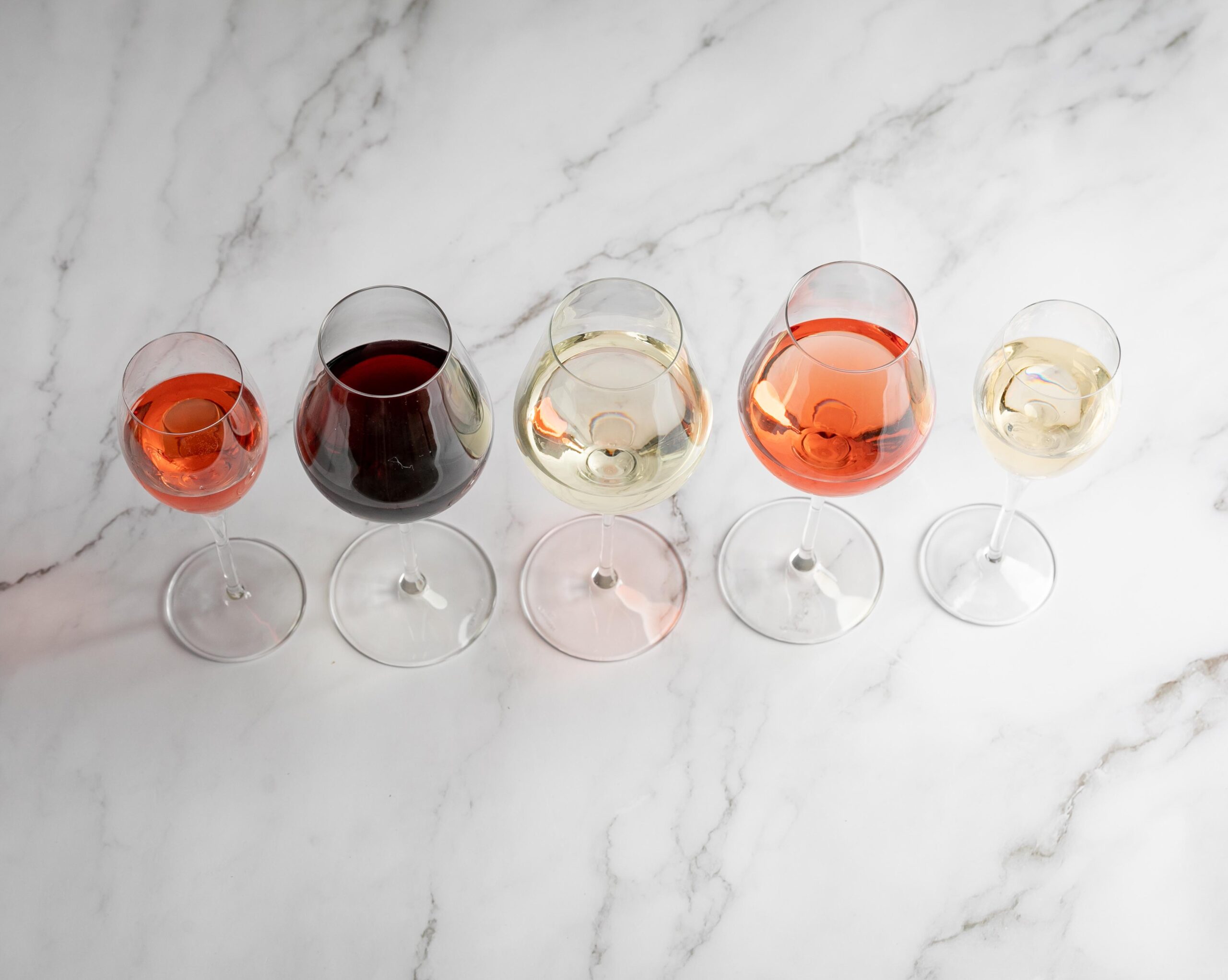What is wine?
Wine is a much loved and fascinating drink, but it can still hold some surprises for knowledgeable enthusiasts and wine beginners alike. So, to address those questions that you just daren’t ask, we’ve put together a beginner’s wine guide to all things wine related. We’ll also look at some of the best wine for beginners.
Making wine
At a very basic level, wine is made from the juices (and sometimes skins) of harvested grapes. Grapes are pressed or crushed, destemmed, and the juice and skins fermented – this is where the alcohol develops. The wine is then settled and filtered to remove any solids and make it clearer. It may then be aged in wooden barrel. Finally, it’s bottled, labelled and may be aged further.
The type of wine produced depends on the type of grape used, and the production method. What’s the difference between a red wine and white wine? Simple – red wine is made from red grapes, and white is made from green (and sometimes red) grapes, which are usually described as being ‘white’ grapes.
You can find out more about winemaking at Bolney here, or book one of our vineyard tours.
The 6 main types are:
- Sparkling wine – with bubbles of CO2 created in the wine, for example English Sparkling Wine, Cava, Prosecco, or Champagne;
- White wine – still wines, ranging from light to full bodied – examples include Chardonnay, Sauvignon Blanc and Pinot Gris/Grigio;
- Red wine – still wine, from light to full bodied – common examples include Cabernet Sauvignon, Merlot, Pinot Noir and Syrah;
- Rosé wine – a beautiful pinkish colour, made from red grapes, normally gently pressed to avoid extracting too much colour from the skins;
- Fortified wine – such as port and sherry, these wines are fortified by the addition of brandy;
- Dessert Wines – these are wines naturally very high in sugar like Sauternes from Bordeaux, France.
Depending on its type and style, a wine may complement a particular type of food (for more on this, see our recent blog article on how to pair wine and food.
In the UK, the varieties of grape grown are those most suited to a cool climate, such as Pinot Noir, a very versatile and complex grape which can also withstand cooler temperatures, and also Pinot Meunier; both have won many awards for their quality. The white grapes grown are Chardonnay, Bacchus and Pinot Gris.
The opening ceremony
The pleasure of wine starts with the opening of a bottle – you’ll need the right tools for the job, to avoid damaging the cork. There are several type of wine bottle openers – most common is the ‘waiter’s friend’ – the corkscrew used in restaurants (see related products below). It has a knife to cut the foil, then is screwed in to the cork, the lever clamped and used to ease the cork out with a satisfying pop. You may have seen variations on this design – the winged corkscrew (the handle of these usually doubles as a beer bottle opener too), and the lever corkscrew – more expensive but very quick and efficient.
If the wine is sparkling, try to always turn the bottle, not the cork. Unscrew the wire cage but don’t remove it fully, use a towel to grip the cork, then rotate the bottle – the cork should be eased out with a sigh, rather than a pop.
What makes a good quality wine?
Great wines are the result of several factors: high quality grapes, grown on free draining soils in good weather, and made by a knowledgeable wine maker. How can you tell the difference between a poor and good quality wine? As you taste more, you’ll get to know the tell-tale signs of a quality wine. Look for pronounced and often complex aromas when you sniff the wine, a good balance of different flavours, acidity and structure, followed by a long ‘finish’ (i.e. once you swallow the wine, the flavour will often linger, and sometimes develop into other flavours).
How should a beginner drink wine?
To get the best out of wines, try to serve them at the right temperature – remove white wine from the fridge (or cellar if you’re lucky enough to have one) about a quarter of an hour before drinking – that way it’s nice and cool but not so cold that it hides its flavours, ideally around 8-12 degrees C. Cooler for lighter wines and warmer for more rounded wines. For red wine, drink it just slightly below room temperature. If you’re drinking port or other fortified wines, try decanting them into a decanter at least an hour before it’s going to be enjoyed – this will remove any sediment that may be lingering. Then, select a good-sized glass which will capture some of the aromas, and prepare to taste.
How to describe the taste of wine?
Appreciating wine is done in three main ways – by the eyes, the nose and the mouth. First, pour an inch or so into a glass – notice the colour, and if it sticks to the sides of the glass when swirled (the ‘legs’ or ‘tears’) then it’s a sign of viscosity mostly from alcohol or sugars present in the wine. Next, sniff the wine. Don’t worry if you can’t get some of the more adventurous-sounding aromas. But any fruits, herbs or spices you can get are important – (interestingly, the smell will change as you begin tasting the wine). Notice how the wine feels in your mouth. When people talk of ‘mouthfeel’, they mean sensations or textures like creaminess, or astringency.
Best wine to drink for beginners
You might be wondering what’s a good red wine for beginners? The answer is a wine that’s ‘easy drinking’, has lots to notice, and isn’t too heavy. A Pinot Noir such as this would fit the bill, as would a Merlot and Gamay.
White wine for beginners should be something light or medium-bodied, smooth and with plenty of flavours to notice like a Pinot Gris, or look for Chardonnay (not too oaky), or a fruity Sauvignon Blanc.
Dessert wines (mostly white) are good for beginners because they won’t trouble your tastebuds – they are sweet and easy to drink. A good wine for beginners would be this Sauternes which is fresh and versatile, but also try Moscato or Riesling from the Mosel in Germany (would be labelled as Riesling Auslese). There are reds too – for a good sweet red wine for beginners look for a sweet Lambrusco or Dornfelder.
How long does it last once open?
Once opened, wine can last up to two to five days, but one or two is better for white and rosé wines, as they will begin to lose their freshness, nuances and complexities over time. A good tip is to decant any leftover wine into a smaller bottle, to reduce the amount of oxygen in contact with the wine which damages it. Buy a vacuum pump – they aren’t expensive and they prolong the life of stored wine. Also consider a bottle stopper – these will seal bubbles in sparkling wine and keep flavours for longer in still wines.
Storing wine
Like many things in life, wine gets better with age. The wine in the bottle evolves over time, subtly changing the colours, aromas and flavours of wines. Aged wines are often said to be ‘smoother’ than young wines. Of course, some wines are best enjoyed young, and only those with a lot of patience (and room) may get to age wine for many years! Aim to store them somewhere cool, dark and at a constant humidity. Store bottles either horizontally or at an angle – you want the wine to be in contact with the cork, or else it risks drying out and becoming a poor seal.
What are dessert wines?
Dessert wines are sweet wines made to drink after a meal. Examples include Sauternes, Riesling and Gewurztraminer. They can also be served as a dessert themselves, and don’t always have to be paired with one. Don’t forget that it can at first be tricky to distinguish between sweet and fruity, as fruity wine can often be richer in flavour which gives them the appearance of being sweet.








